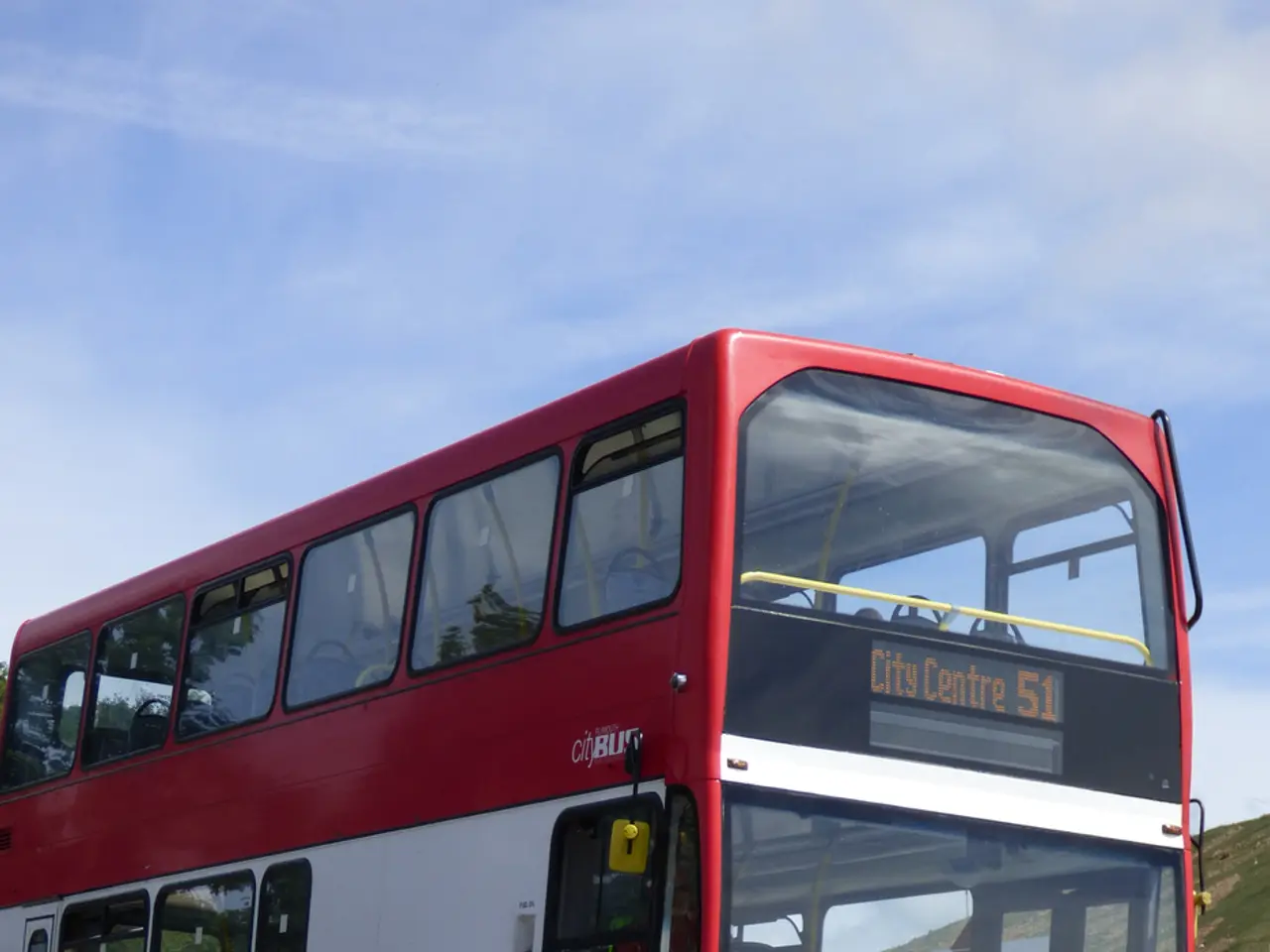Enhanced Transportation Efficiency and Financial Growth: MTA Supplies Half-Year Overview on Manhattan Congestion Pricing Zone
New York City's Congestion Relief Zone (CRZ) pricing program, implemented on 5 January 2025, has shown significant improvements across various sectors, according to data released by the Metropolitan Transportation Authority (MTA).
The program, designed to reduce traffic congestion and raise revenue for the MTA, has achieved its initial target of generating 500 million USD in 2025. Traffic within the CRZ has decreased by 14%, with an average increase of 3.2% in bus speeds. Traffic delays within the CRZ are down by 25%, and delays are down by 9% across the entire metropolitan region.
The reduction in traffic has led to a decrease in noise pollution, including honking and vehicle noise complaints, which are down by 45% in 2025. This decline has contributed to an 8.4% increase in business district pedestrian activity over the previous year.
Transit ridership has also seen a positive trend. Subway ridership has increased by 7%, bus by 12%, Metro-North by 6%, and Access-A-Ride by 21%. The improvements extend to the MTA's infrastructure, with 435 additional R211 subway cars, 44 new dual-mode locomotives for the Long Island Rail Road, 300 new M9A cars for Metro-North, and CBTC signal upgrades on the A and C lines.
Additional improvements include ADA upgrades at 23 subway stations and the commencement of the tunnelling contract for Phase 2 of the Second Avenue Subway. The MTA plans to deliver 15 billion USD worth of critical capital improvements to its subway, bus, Long Island Rail Road, and Metro-North Railroad systems with the new funding.
Air quality has also seen improvements, with a decrease in fine particle air pollution (PM2.5) at a majority of sites. Pedestrian fatalities within New York City have matched levels last seen in 2018.
The program has faced criticism from United States Secretary of Transportation Sean P. Duffy, who criticized its operation and cited its 'unprecedented scope' as a reason for its immediate termination. However, New York State and the MTA have successfully fought off legal challenges launched by the United States Department of Transportation (USDOT) and the Trump Administration to terminate the program.
A preliminary injunction was issued in May in the case of Metropolitan Transportation Authority v. Duffy, keeping congestion pricing in effect pending further court proceedings. With the program's continued operation under Governor Kathy Hochul's administration, it seems that the positive trends will continue to shape the city's transportation landscape.
Read also:
- Impact of Alcohol on the Human Body: Nine Aspects of Health Alteration Due to Alcohol Consumption
- Understanding the Concept of Obesity
- Tough choices on August 13, 2025 for those born under Aquarius? Consider the advantages and disadvantages to gain guidance
- Microbiome's Impact on Emotional States, Judgement, and Mental Health Conditions







